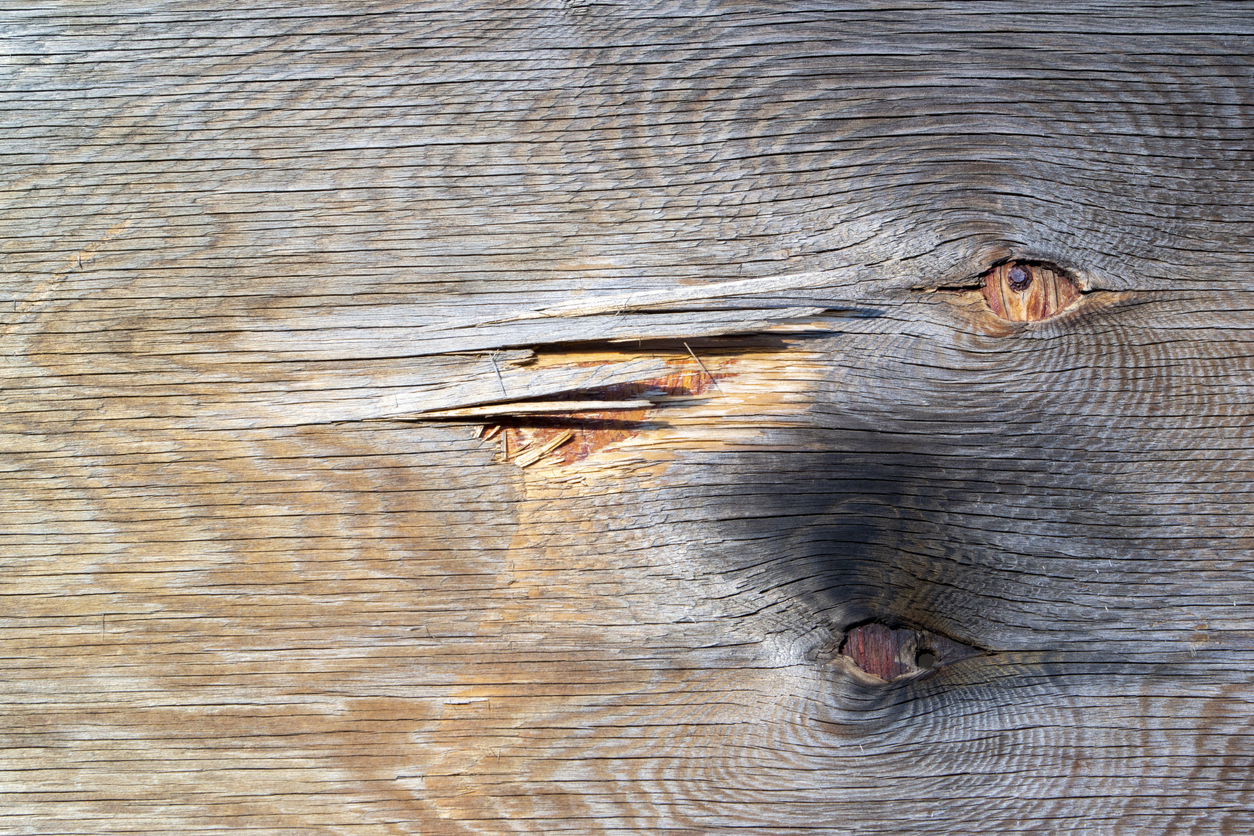Choosing a Wooden Sign Panel
Many signs are made using a wooden sign panel as the substrate. A substrate is a sign makers term for the material upon which a sign is written. Frequently, it is some type of plywood.
The thing about natural wood is that it seldom stays flat when exposed to weather. It warps according to the grain pattern of the wood. I will revisit this in the article about preparing a panel for carving or sand blasting.
An Industry Standard
The industry standard substrate has been an overlaid plywood, the MDO (Medium Density Overlaid) sign panel. It is an exterior plywood with a heat laminated weather resistant resin coating either on the front face or both faces.
I’m calling it a wooden sign panel, but it is actually an engineered product. As such, it is engineered for specific uses and with specific characteristics.
Basic plywood can be made of either soft (Cedar, Pine, or Redwood) or hard wood (Poplar, Walnut, Birch, Maple, or Oak) layers with some type of glue to join the veneer layers together.
My Plywood Choice is MDO
Plywood also has various grades (A-D) depending upon how many knots and voids are allowed in the face and back layers.
The best grade is A grade and supposed to be knot and void free. C and D grades should not be used for sign faces. The glue used to join the wood veneers also divides the panels into interior and exterior usage.
So, for signs, you want to use at least an ACX ply which means that the face is clear of knots, there are a few small knots on the back, and the glue is for exterior use. However, ACX will still show the grain pattern on the face after the panel is painted which may distract from the sign’s finish.
A better choice is MDO because the heat laminated resin coat will cover most of the wood grain on the face veneer. There is also an HDO (High Density Overlay) but it is more expensive.
Both MDO and HDO will require preparation and finishing (usually with primer and paint) before it is ready to become a sign.
The Marine-Grade Trap
One to avoid is Marine-grade plywood. I only say avoid because the gluing process does not contain any chemicals to combat rot, mildew, and decay.
 This is a poor choice of material grade, Probably C grade but not Prepared Properly or Painted.
This is a poor choice of material grade, Probably C grade but not Prepared Properly or Painted.Other types of Plywood
There are many other types of plywood panels, some engineered for furniture making, others for aircraft, some for sheathing and subfloor, some made of composite materials, some designed to be flexible, and many others.
Another common type of panel is hardboard. Hardboard is not a plywood but rather pressed fiberboard that frequently has one side smooth and the other rough. It is exceptionally durable if prepared correctly and frequently used for temporary signs. You will probably recognize it by a manufacturer’s name Masonite.
As a reward for reading this page, here is an interesting fact. According to the Diffen web site, hardwoods usually have broad leaves and softwoods usually have needles or cones. There are a few exceptions to this but it is generally true.